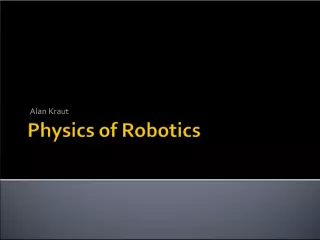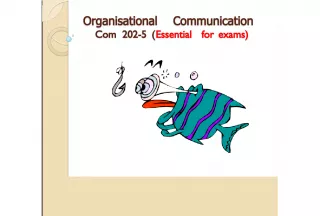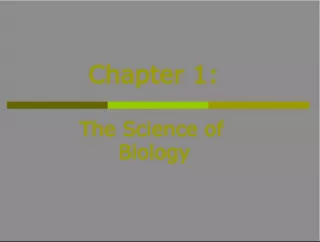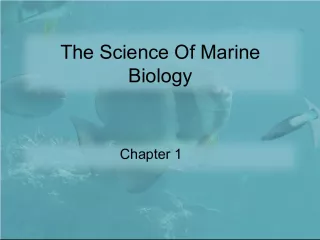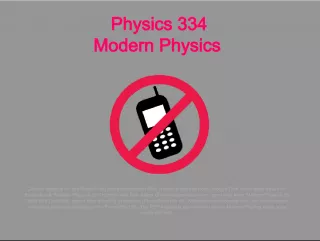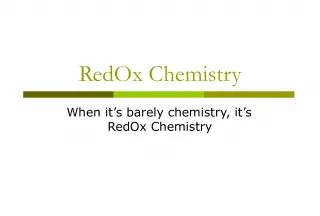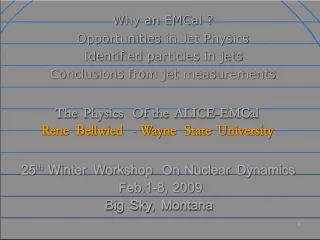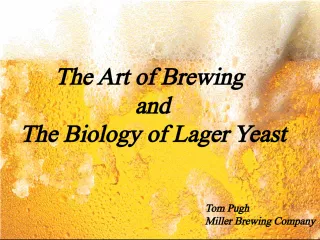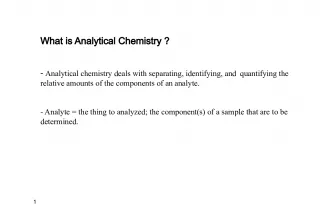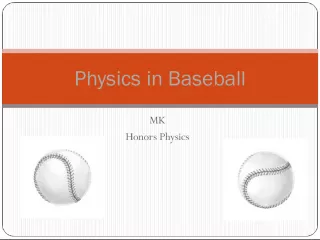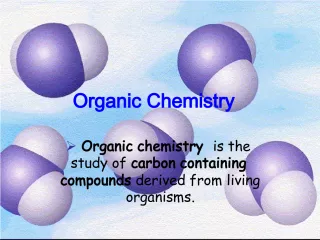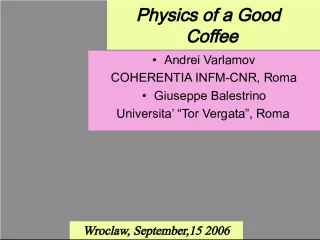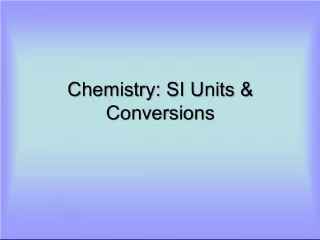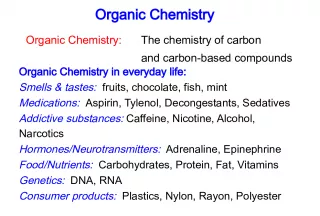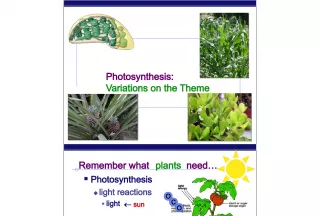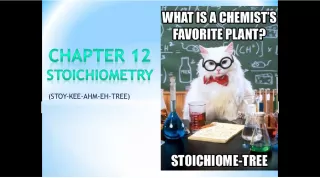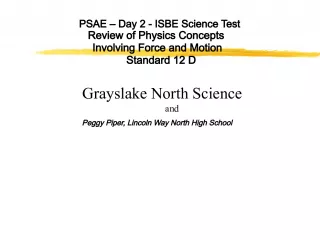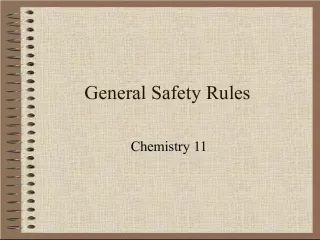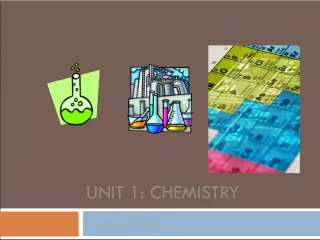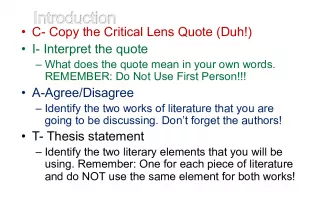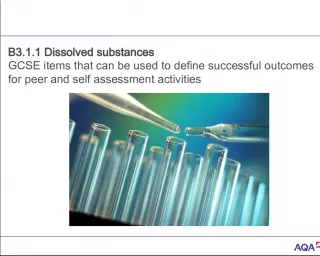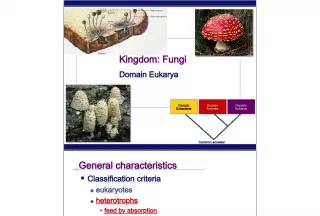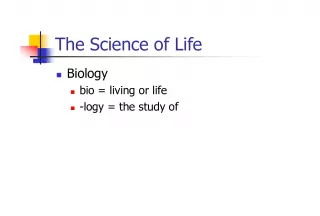End of Year Revision Guide for Biology, Chemistry and Physics Exams


This revision guide focuses on biology topics such as classification, cystic fibrosis and inheritance as well as fundamental concepts in chemistry and physics. It includes explanations of DNA, its structure and function.
- Uploaded on | 0 Views
-
 gydakilback
gydakilback
About End of Year Revision Guide for Biology, Chemistry and Physics Exams
PowerPoint presentation about 'End of Year Revision Guide for Biology, Chemistry and Physics Exams'. This presentation describes the topic on This revision guide focuses on biology topics such as classification, cystic fibrosis and inheritance as well as fundamental concepts in chemistry and physics. It includes explanations of DNA, its structure and function.. The key topics included in this slideshow are Biology, classification, cystic fibrosis, inheritance, DNA,. Download this presentation absolutely free.
Presentation Transcript
1. Biology, Chemistry and Physics End of Year Exam Revision
2. Biology
8. Cystic Fibrosis
10. Inheritance
11. Chromosomes and their genes are made of a molecule called DNA . DNA molecules carry the code that controls what cells are made of and what they do. DNA stands for d eoxyribo n ucleic a cid. Each chromosome is a very long molecule of tightly coiled DNA. Which part of a DNA molecule holds this information? What is DNA?
15. Physics
16. Sound Waves
17. Wave Properties
20. Earthquakes
21. P -Waves The P stands for primary . These are P ush- P ull waves (longitudinal) They can travel through liquid and solid so they can travel through the earths core. They travel fast. They are bent by the changing density of the rock. They are bent sharply when the material changes suddenly. The arrow shows the direction that the wave is moving.
22. S -waves The S stands for secondary They are S ide to S ide waves (transverse). They can only travel through solids. They are slower than P-waves. They are bent by the changing density of the rock. They are bent sharply when the material changes suddenly. The arrow shows the direction that the wave is moving.
30. Electromagnetic Spectrum
36. Star Cyc le
37. How do stars begin and end?
39. Chemistry
40. Gases in the Atmosphere
41. Why is the atmosphere important? 80% of atmospheric gases are in the 15 km closest to Earth. This is a very thin layer compared to the Earths diameter, which is 12,756 kilometres . The Earth is different to the other planets in our solar system because it has an atmosphere that can support life. The atmosphere is an envelope of different gases ( air ) surrounding Earth.
42. What is the atmosphere made of? The gases that make up the atmosphere are present in the following amounts: about 78% is nitrogen about 21% is oxygen the remaining 1% is mostly argon (0.93%) with some carbon dioxide (0.035%), varying amounts of water vapour and trace amounts of other gases
43. Does Earths atmosphere change? About 3,500 million years ago, the atmosphere on Earth would have been similar to the atmosphere on Mars today. What theories are used to explain how the Earths atmosphere changed? It would have contained large quantities of carbon dioxide, but not much oxygen or nitrogen. The current composition of the air has been roughly the same for nearly 200 million years but the amounts of different gases have changed over time.
44. The history of the atmosphere
45. Evolving atmosphere
54. Combustion
55. Complete combustion of propane Propane is a hydrocarbon used in camping gas. What is the equation for its combustion? oxygen carbon dioxide propane + + water 5O 2 3CO 2 C 3 H 8 + + 4H 2 0
56. If there is a shortage of air (oxygen), incomplete combustion of hydrocarbons takes place. Instead of producing just carbon dioxide and water, incomplete combustion also produces carbon monoxide and/or carbon (soot). It also releases less energy than complete combustion. Carbon monoxide is a poisonous gas because it reduces the ability of blood to carry oxygen. Incomplete combustion of hydrocarbons
58. Neutralisation
64. Fossils
